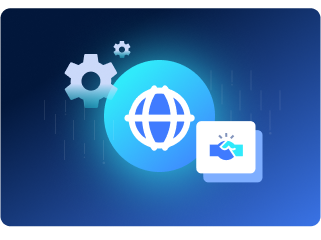



The LayerSwitch Internet Exchange (LSIX) is a regional peering initiative for Autonomous Systems (AS) operators. It is a community of networks connected to the LSIX infrastructure that send and receive IPv4 and IPv6 routes with members on the internet exchange to improve performance between networks and decrease latency at low cost.
The LSIX internet exchange was originally founded in March of 2017 as the Data Facilities Internet Exchange (DF-IX), offering members free peering ports at the former Data Facilities datacenters and several PoPs in Amsterdam.


The LSIX believes that the key to success is understanding your members. An exchange can not succeed without support of its members and partners. We therefore involve our members in policy change and expansion plans. The LSIX believes in regional growth, bringing the larger networks together with the ISPs, MSPs and content providers located in datacenters outside of Amsterdam.

We try to control our investments so that we can keep our pricing structure low. By utilizing next-generation network equipment, dark fiber and CWDM/DWDM wavelengths we can offer high port density, performance and reliability on the peering lan at an affordable price. Strategic partnerships with regional datacenters and network operators help us further strengthen our business model and the flexibility to our members.
In this section, we try to answer some of the most frequently asked questions about our products and services.
If you have questions you would like to ask that are not addressed here, feel free to ask by using the Quick Enquiry form below.
LSIX, short for LayerSwitch Internet Exchange, is a regional peering platform based out of The Netherlands.
An Internet Exchange Point (also known as IX or IXP) is a peer to peer platform through which network operators exchange Internet traffic between their networks (autonomous systems).
Peering is the exchange of data between two parties directly attached or on the same LAN rather than via the public Internet.
The LSIX is open to any (international) network operator. Examples of acceptable networks but not limited to are Internet Service Providers (ISPs), Managed Service Providers (MSPs) and Content Delivery Networks (CDNs).
For an overview of LayerSwitch Internet Exchange Data Centers please check our locations page